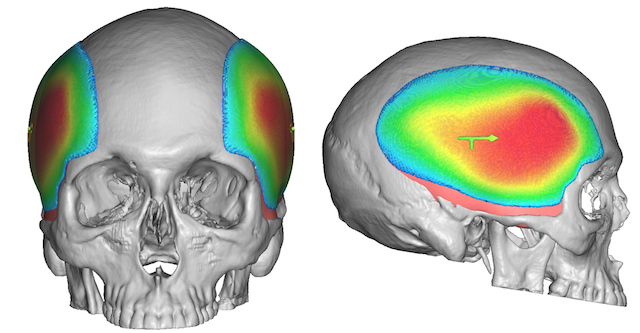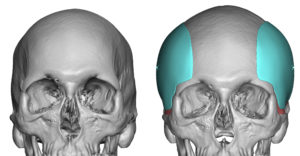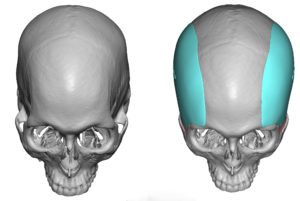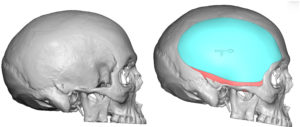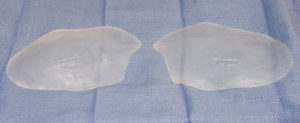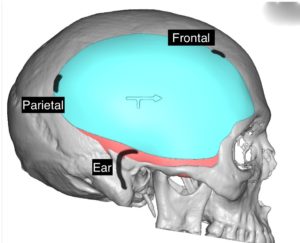Background: The side of the head/forehead, known as the temporal area, has multiple areas that can be augmented. There are three specific temporal zones which include the low anterior area (Zone 1), the high anterior area (Zone 2) and the posterior area. (Zone 3) The most well known are Zones 1 and 2 as there are standard performed temporal implants to augment the temporal area by the side of the orbit from the zygomatic arch up to the temporal line.
The Zone 3 temporal area is really what patients refer to as the side of the head. This is largely the entire hair-bearing scalp area along the side of the head. There are no standard implants to augment this areas and all such ‘head widening’ implants have to be custom made. Such implants can be made for Zone 3 only and can be placed either in the submuscular or subfascial location from an incision behind the ear.
Zone 3 custom temporal implants can be combined with standard Zone 1/2 implants in the subfascial location for a total temporal augmentation effect. The total temporal implant can also be custom made for all three temporal zones which by definition has to be in the subfascial location. But when the custom total temporal implant has to aesthetically cross over the temporal line of the skull a different pocket location and placement technique must be used.
Case Study: This male wanted to widen the side of his head from front to back. He had significant bitemporal narrowing along the whole side of his head. It was important to have the widening effect to include the side of the forehead medial to the temporal line all the way back along the line to extend the widening effect onto the skull.
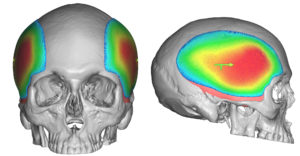
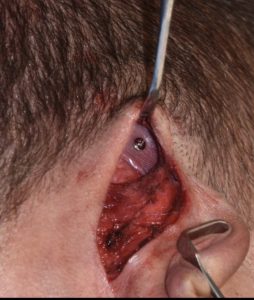
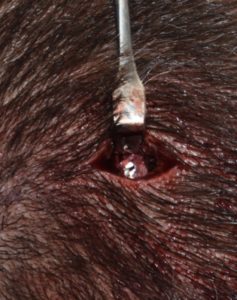
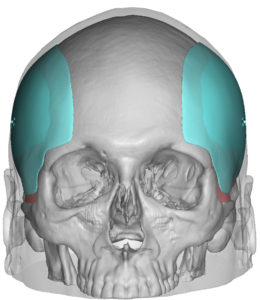
Case Highlights:
1) There are different zones to temporal augmentation as well as to consider whether it should cross over into various skull areas.
2) The custom extended temporal implant that crosses over into the forehead must be placed on top of the temporalis fascia in the deep subcutaneous tissue layer.
3) The postauricular insertion of the custom extended temporal implant needs to be supplemented by two other small incisions in a triangulated locations to snare implant positioning and screw fixation.
Dr. Barry Eppley
Indianapolis, Indiana

